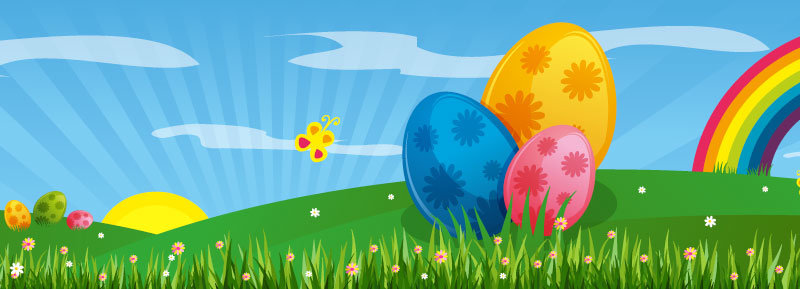
“The Good thing: if you find Easter eggs on Easter. The Bad thing: if you find Easter eggs on Christmas.” – anon
Chocolate’s Hidden Ingredients:
Easter is about different things to different people. To kids, it’s usually about chocolate. Baskets and buckets of chocolate. Next to Halloween, it’s the most popular holiday for candies and sweets.
In that spring storm of chocolate eggs, jelly beans, and marshmallow peeps, it’s easy to remember the allergy sufferers watching from the sidelines.
While allergies to pure chocolate (the cacao bean), are incredibly rare, it’s common to have allergic reactions to an ingredient that’s been added:
- Milk: dairy allergies are very common, especially in children. If it’s lactose intolerance, and small amounts of milk are ok, then dark or semi-sweet treats are best. There are dairy free brands on the market for more severe allergies.
- Peanuts: besides obvious nutty treats, some chocolate is exposed to trace amounts without it being mentioned on the label. If you have a peanut allergy sufferer at your Easter events, contact the manufacturer or buy certified nut-free brands.
- Soy: a lot of chocolate contains soy lecithin to keep it solid at room temperature. Check your labels, as soy allergies are becoming more common and can be life threatening.
- Corn: this stuff is everywhere, so be vigilant. Check labels for corn syrup or anything that includes fructose. Best to avoid white chocolate.
- Berries: these are a fairly common fruit allergen. Be careful of assortments, which almost always have some berries in them and often get mixed up.
For a kid, many Easter activities revolve around food. If you know a child with allergies, you understand how hard sitting on the sidelines is.
Easter can be stressful, and as excitement builds and the chocolate flows, it gets harder for parents to manage what their child is eating. If you’re throwing an Easter bash with new friends or schoolmates coming, consider being sensitive to allergies.
How to Avoid and Spot an Allergic Attack:
Parents of allergy sufferers know that the way to stay safe is to be proactive. Have a conversation with your teacher about the class celebration being inclusive, and start the conversation early.
All parents should be on the look-out for allergic reactions. Don’t offer food to kids you don’t know and if a child says that he or she isn’t feeling well, listen.
Learn the signs of a food-based allergic reaction, even if your child doesn’t have allergies. Here are the most common signs of a food allergy attack:
- Mouth itching or tingling
- Itching or hives
- Face, lips, tongue, or throat swelling up
- Trouble breathing or wheezing
- Dizziness or fainting
If you see these things, or if a child tells you they’re happening, contact a parent immediately.
You can often avoid allergy emergencies by being aware of what’s happening around you. Read the labels of the candy your kids are eating, and if you’re eating homemade treats, check with the cook about what’s in them.
What you can do Instead:
Yes, there are alternatives to chocolate. If you want your Easter get-together to be allergy-sufferer inclusive, here are a few ideas:
- Have an Easter egg scavenger hunt with plastic eggs and dollar store toys inside, or clues to a larger toy
- Lead a craft activity to make spring themed pom-pom bunnies and chicks with googly eyes. Pinterest has a thousand ideas.
With vigilance and a little creativity, you can make sure that all kids, allergies or not, have a happy, inclusive Easter.
http://abcnews.go.com/Health/Allergies/easter-allergy-triggers-tips-stay-safe/story?id=18830843#2